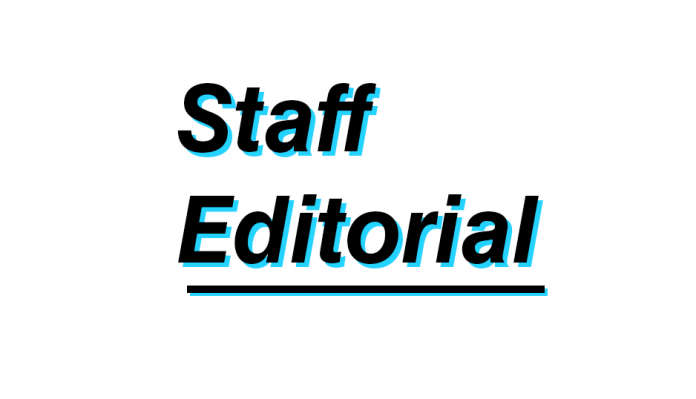The days following this year’s election were filled with media panels discussing fake news and the role it played in the election of Donald Trump. A recent poll conducted by Ipsos showed that an overwhelming amount of people believed ridiculous headlines that they read on their social media feeds. 84% of its respondents believed a headline reading “Donald Trump Sent A Plane to Transport 200 Stranded Marines.”
While it may be easy to guess that more Trump voters believed that to be true (96%) than Clinton voters (68%), that doesn’t make it any less unsettling. The rate at which fake news articles are believed and carelessly shared on social media is alarming. When a country’s decision making is being handled by a misinformed public, decisions are made that do not benefit nearly any of its citizens.
Fake news writers can make thousands of dollars a month in advertisements by publishing false stories and letting them spread across social media. It may seem innocent enough — websites like The Onion have been around for years — but when these articles are shared by people such as campaign managers and the family of candidates on social media, it truly shows how little some care about the truth.
Aside from the outcome of the election itself, fake news has also played a role in another recent event. On Sunday, December 4, a man walked into a Washington D.C. pizza restaurant with an assault rifle. The man had believed a number of fake news articles and conspiracy theories that alleged that Hillary Clinton and her campaign were involved in maintaining a child sex ring at the restaurant. Nobody at the restaurant was physically injured and the man was arrested, but those who believe that spreading misinformation online doesn’t pose a threat to real life safety is incorrect.
Now more than ever, it is important for all parties involved — readers, social media companies and writers — to do their research before clicking “share” and allowing lies to keep appearing true.























Ever hear of Mike Hagar? Probably don’t know the name but you do know him as the man who’s mother died because of the Trump travel ban. What you don’t know after all the papers picked up the story is that Mike is a liar. Yes, his mother died but she died five days before the travel ban was signed. It was fake news. Kind of like that fake news story about the Martin Luther King bust being removed from the Oval Office. Just more fake news and/or poor journalism.
So much for promised corrections. The original column (story?) featured the claim that a black church was burned in the south (truth) and that nearby someone had painted a “support Trump” sign on a wall (also true). However, the Campus Ledger writer either strongly implied or said (semantics) that this showed the racism of Trump supporters. I sent an email to the editor with the story that the man arrested was not only black but a went to the church in question. They never answered the question of whether or not he was, in fact, a Trump supporter. However, in an article about fake news the Campus Ledger jumped right in with their own fake news. I was promised a correction but I don’t see one.
I was also promised a correction when the reporter on the election totally messed up the electoral college results leaving out 32 electoral votes. I’m not holding my breath.
The editorial you are referring to regarding the church arson was our November editorial, not this December editorial. An update was made to that editorial after news of the congregation member’s arrest was made public and can be viewed here: http://blogs.jccc.edu/campusledger/2016/11/09/staff-editorial-americans-must-now-stand-up-for-their-neighbors/
The article that featured the incorrect number of electoral college votes was written for print as votes were still coming in. The online story has been updated with the final count and can be viewed here: http://blogs.jccc.edu/campusledger/2016/11/09/students-faculty-respond-to-trump-victory/
-Aaron Rhodes – Editor-in-chief